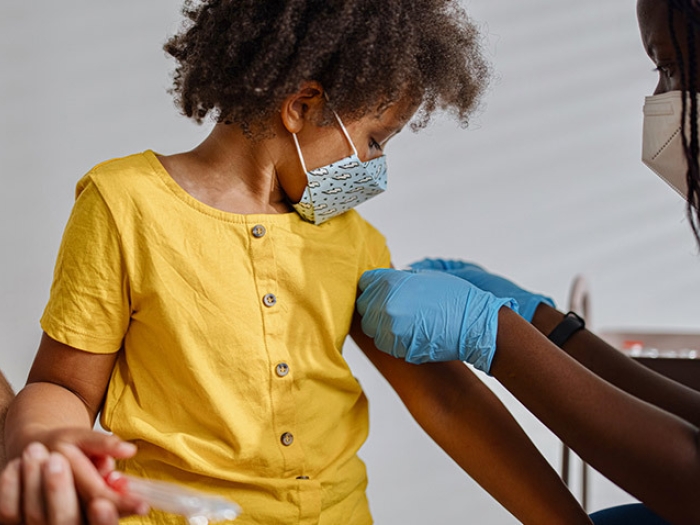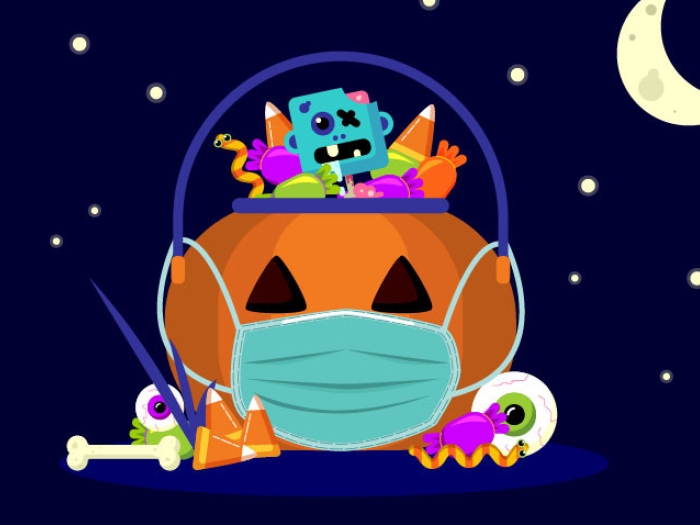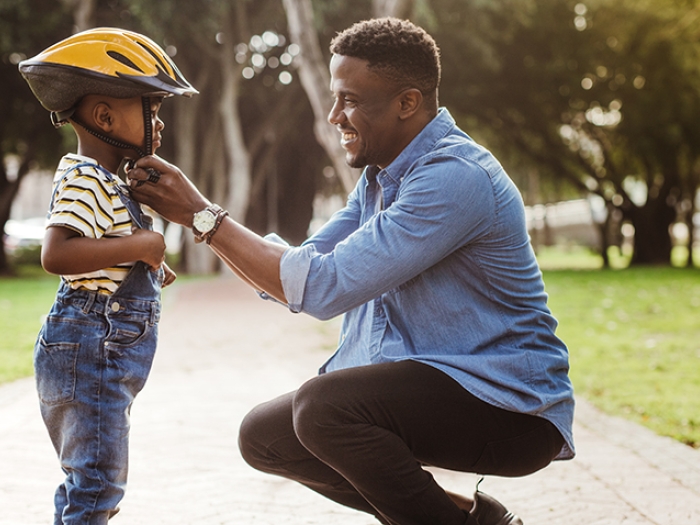A national poll finds parents have concerns about younger passengers using the popular apps. Here’s how to use ride-share services safely.
7:00 AM
Author |

Millions of people use ride-share apps such as Uber and Lyft to reach their destinations at the tap of a finger. And for many young passengers, the convenient services are second nature.
But the simple — and seemingly safe — mode of transportation is a cause for concern for some parents, according to the latest University of Michigan C.S. Mott Children's Hospital National Poll on Children's Health.
LISTEN UP: Add the new Michigan Medicine News Break to your Alexa-enabled device, or subscribe to our daily audio updates on iTunes, Google Play and Stitcher.
That worry follows real-life tragedy in March after a South Carolina college student was killed after she mistakenly got in a vehicle she assumed was her Uber.
The event has sparked discussion not only about extreme dangers but also about the small yet significant risks of getting in a stranger's car.
"Many of these drivers do a great job," says Terrill Bravender, M.D., MPH, who heads adolescent medicine at Mott. "And I think young people tend to be very trusting of these services and expect a certain degree of professionalism that is usually there, but not always."

Ride-share drivers, who operate as independent contractors, must pass a background check, but some motorists with criminal backgrounds were hired, a 2018 report found.
Likewise, the Mott poll found that two-thirds of parents worry that a driver might sexually assault their teen. And 3 in 4 parents were concerned the driver would not be driving safely — by speeding or checking their phone, among other things.
Although Uber and Lyft prohibit unaccompanied minors, 1 in 8 parents polled said their children ages 14 to 17 had still used the services. Bravender advises families to follow the rules but notes that the conversation about ride-share safety should begin before age 18.
He offered more advice for passengers of all ages.
How to use Uber and Lyft safely
Verify the vehicle specifics: After confirming a ride is on the way, make sure the car matches what's listed on the ride-share app upon arrival. Check that the make, model, color and license plate number all match. Beyond ensuring general safety, the measure is also helpful in large cities or busy environments where many similar vehicles are out completing rides.
Review a driver's profile: Uber and Lyft drivers, like passengers, are rated on a scale of 1 to 5. A driver photo and average rider "rating" will appear when a request is accepted. The services claim to deactivate low-ranking drivers, but don't hesitate to cancel a ride if the driver's rating, car or appearance seems off. "That's when you hold the most negotiating power," Bravender says.
SEE ALSO: 4 Ways to Teach Your Teen Safe Driving Habits
Confirm you're the passenger: A predator could easily pose as a ride-share driver; never disclose your name first. Says Bravender: "Ask the driver who they're here to pick up so you can confirm it's the right person" who made the request via the app. It's a crucial way to ensure driver accountability and avoid any unwanted confusion for the passenger.
Travel with a friend: Strength in numbers is best, no matter the endeavor. In the case of ride-sharing, "it's always a good idea to travel with someone else," Bravender says. If you must go alone, use the apps' "share status" feature so friends can track the ride. Let them know your destination, and check in with a text or phone call once you get there.
Always wear your seat belt: Even careful motorists can be involved in accidents, so don't treat ride-share precautions any differently — even on brief trips. "I think there's a different attitude in a taxi or ride-share as opposed to being in the car; I'm not sure why," says Bravender, who notes that buckling up is the law. "Seat belts save lives." Sit in the back seat, if possible.
Trust your gut: A driver who follows a strange or unsafe route — or maneuvers erratically or makes inappropriate comments — needn't be tolerated. Let young riders know it's OK to speak up if they're uncomfortable. "If it doesn't feel right, change where you're going or say, 'I've changed my mind and you can let me out here,'" Bravender says. "A good driver will do that."
SEE ALSO: How Alcohol Impairs Your Ability to Drive
Contact police if necessary: In extreme cases of personal safety, do everything in your power to get help and get out of the vehicle. "If there's an argument or anything else, call 911," Bravender says. Riders should also report unsafe or unsettling behavior directly to the ride-share companies, which can review the claim and remove a driver from using the platform.

Explore a variety of health care news & stories by visiting the Health Lab home page for more articles.

Department of Communication at Michigan Medicine
Want top health & research news weekly? Sign up for Health Lab’s newsletters today!





